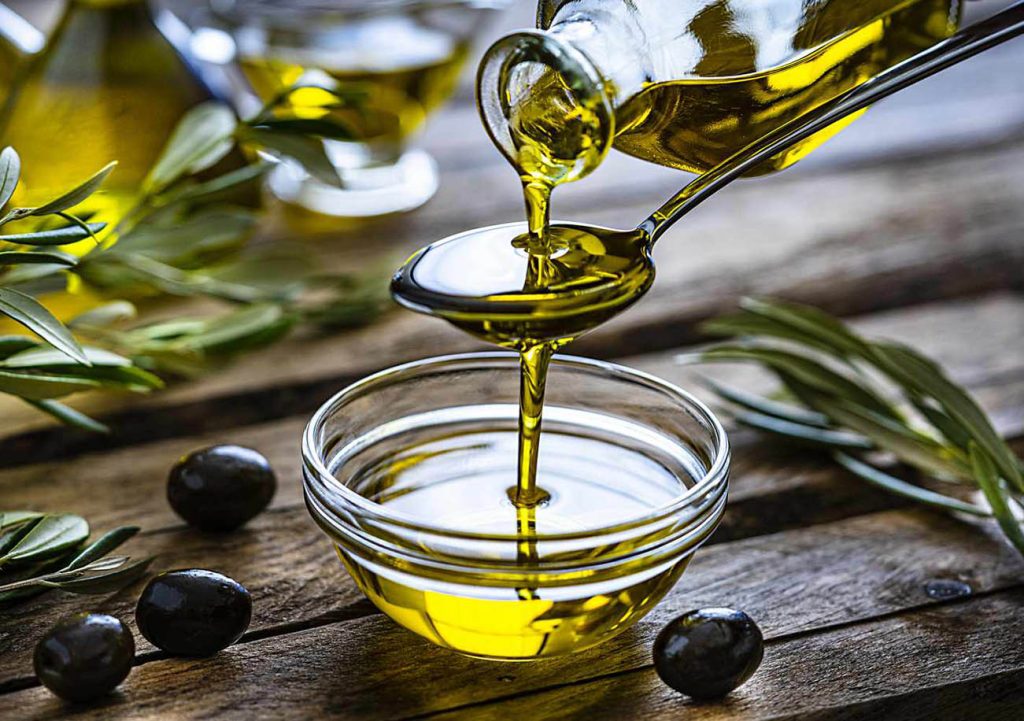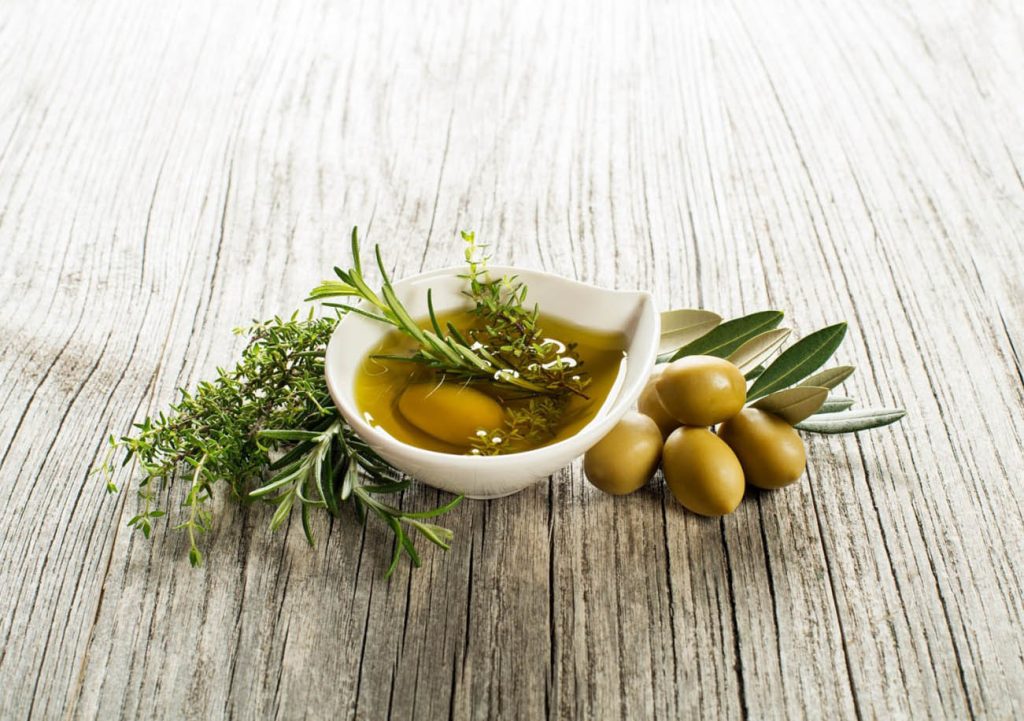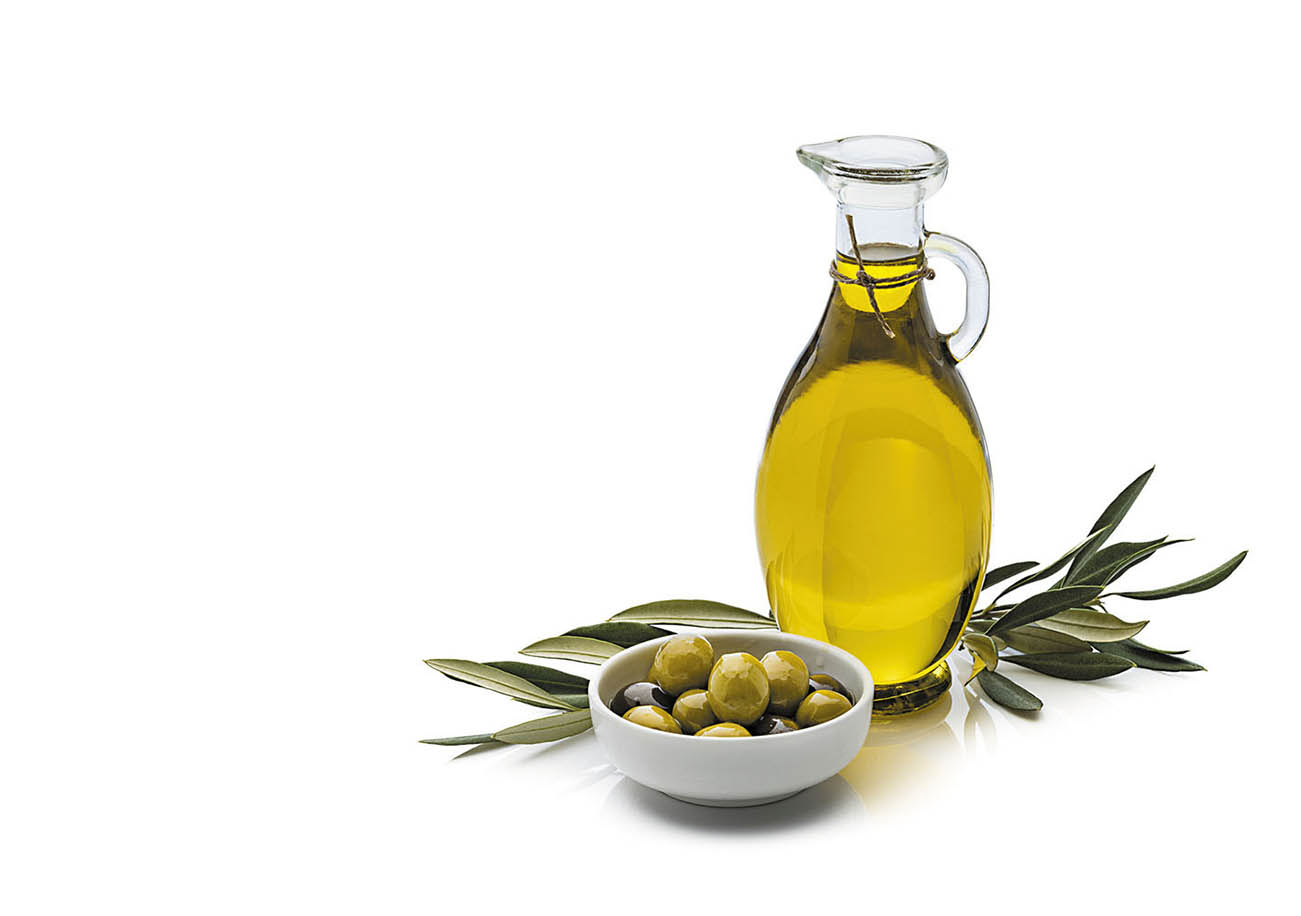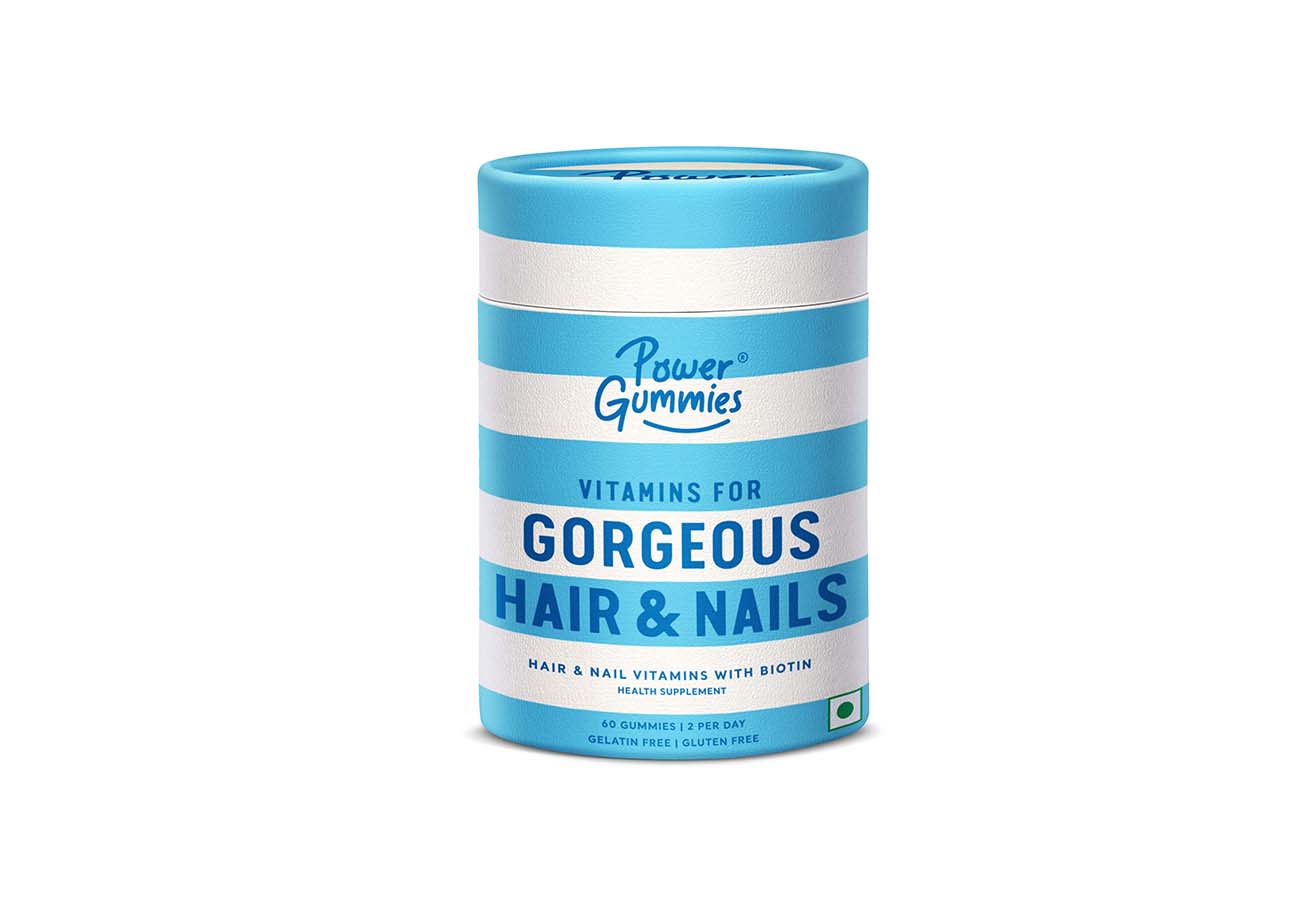I care about not only my outward appearance but also my inner health and quality of life. In recent years, olive oil has become increasingly popular for its health benefits. Whether used in cooking or as an ingredient in skincare, olive oil’s nutritional value and versatility have made it a star product in both the kitchen and on the vanity. However, with so many types of olive oil available on the market, how do you choose the one that’s right for you?
I will guide you through how to choose the right olive oil for your needs, helping it become a key ingredient to improve both your health and taste.
1. Types of Olive Oil and Their Characteristics
There are many types of olive oil, and each has its own unique flavor, uses, and nutritional benefits. Understanding the basic types of olive oil is the first step to choosing the right one for you.
Extra Virgin Olive Oil (EVOO)
Extra virgin olive oil is the highest quality olive oil available. It’s extracted through mechanical cold-pressing without any chemical processing, preserving the purest taste and the highest nutritional content. EVOO is rich in antioxidants and monounsaturated fatty acids, which help reduce the risk of heart disease and offer significant health benefits.
Features:
- No chemical additives
- Lowest acidity (less than 0.8%)
- Rich, fruity flavor
- Ideal for salads, dressings, or as a finishing touch
Virgin Olive Oil
Virgin olive oil is also made from cold-pressed olives but has a slightly higher acidity and a milder flavor compared to extra virgin olive oil. While it’s not as premium as EVOO, virgin olive oil still provides great flavor and health benefits. It’s perfect for medium-heat cooking or as a base for sauces.
Features:
- No chemical processing
- Slightly higher acidity (0.8%–2%)
- Great for medium-heat cooking
Refined Olive Oil
Refined olive oil is made by refining virgin olive oil to remove impurities and undesirable flavors. While it’s still a healthy option, it lacks the rich flavor and antioxidants found in extra virgin olive oil. This type of olive oil is more suitable for high-heat cooking methods such as frying and deep-frying.
Features:
- Chemically processed
- Lacks the bold flavor of extra virgin olive oil
- Suitable for high-heat cooking
Olive Oil Blend
Olive oil blends are a mixture of refined olive oil and extra virgin or virgin olive oils. They offer a more neutral flavor and a balanced nutritional profile. This type of olive oil is commonly used for everyday cooking because it’s more affordable and versatile for a variety of uses.
Features:
- A blend of different types of olive oil
- Mild flavor
- Ideal for everyday cooking
2. How to Choose Olive Oil Based on Its Purpose

Choosing the right olive oil depends largely on its intended use. Olive oil is not only useful in cooking but also has various beauty and skincare applications. Knowing the characteristics of each type and when to use them will help you make the most of its benefits in the kitchen and for personal care.
- Healthy Eating: Salads and Dressings
If you’re focusing on healthy eating and want to boost your intake of antioxidants, extra virgin olive oil is the best choice. It’s rich in healthy monounsaturated fats and antioxidants, which can help lower the risk of chronic diseases. Drizzling EVOO over salads or fresh vegetables will enhance both the flavor and nutritional value of your meals.
- High-Heat Cooking: Stir-Frying and Frying
While olive oil has a relatively high smoke point, for high-heat cooking methods such as frying, you should opt for refined olive oil or olive oil blends. These oils are more stable at higher temperatures, reducing the risk of degradation and offering a neutral flavor that won’t overpower your food.
- Everyday Cooking: Sautéing and Stir-Frying
For daily cooking, such as sautéing or stir-frying, virgin olive oil is a great choice. It has a lighter flavor compared to extra virgin olive oil but still adds richness to your dishes. It works wonderfully in cooking sauces, stews, or simply frying vegetables.
- Beauty and Skincare: Nourishing and Repairing
Olive oil is widely used in skincare for its moisturizing and antioxidant properties. It’s rich in vitamin E and helps repair dry, damaged skin. Extra virgin olive oil is an excellent option for skincare, whether as a moisturizer for your face and body, or for nourishing dry hair ends. It’s gentle and safe for all skin types.
3. Things to Consider When Choosing Olive Oil
- Check the Label: Look for Production Dates
When purchasing olive oil, always check the production date and expiration date on the label. Olive oil is a relatively perishable product, and it’s best used fresh. Choosing the latest production batch ensures the oil retains its optimal flavor and nutritional benefits.
- Acidity and Grade Matter
The lower the acidity, the better the quality of the olive oil. Choose extra virgin olive oil with an acidity level between 0.3% and 0.8% for the best quality. Also, look for certifications such as PDO (Protected Designation of Origin) to ensure the oil is of high quality and comes from a reputable source.
- Storage Conditions
Olive oil should be stored in a cool, dark place, away from direct sunlight. Dark glass bottles are best for protecting the oil from light exposure. Avoid storing olive oil in warm environments like near the stove, as heat accelerates its oxidation and reduces its shelf life.
4. Recommended Brands

- Bertolli
Bertolli is a globally recognized olive oil brand, offering a variety of olive oil types, including premium extra virgin olive oil. Their EVOO is made from the finest olives and retains its pure flavor and nutritional integrity. It’s perfect for everyday use in the kitchen.
- Colavita
Colavita is an Italian olive oil brand known for its high-quality extra virgin olive oil. This brand offers olive oils with a delicate flavor and exceptional nutritional value, making it ideal for both cooking and dressing salads.
By understanding the different types of olive oil and their intended uses, you can easily select the best one for your needs. Whether for cooking, enhancing the flavor of your dishes, or nourishing your skin, olive oil is a versatile and healthy addition to your life. I hope this guide helps you make an informed decision when choosing the right olive oil, and that it enhances both your health and culinary experience!



